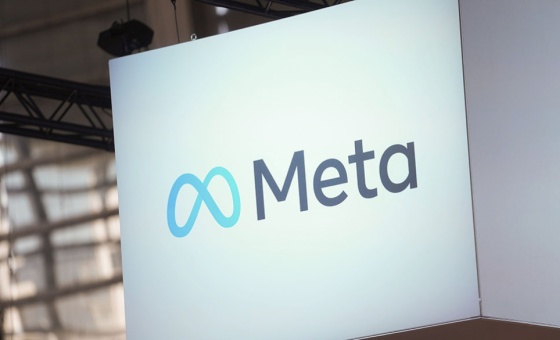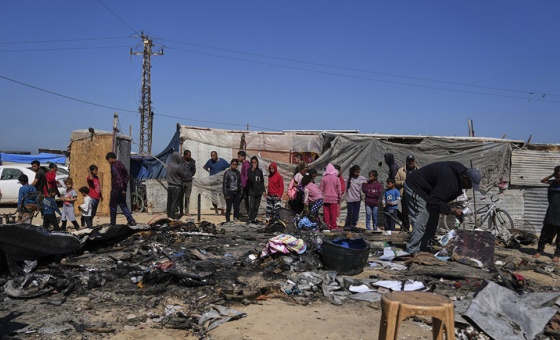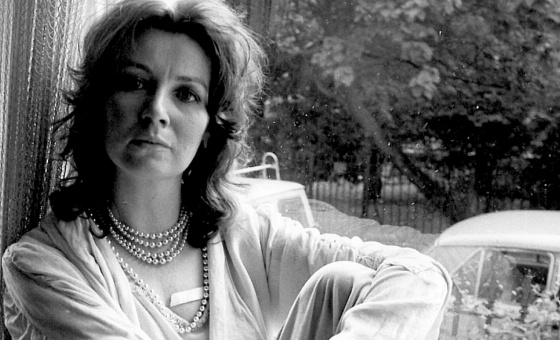This is the last article you can read this month
You can read more article this month
You can read more articles this month
Sorry your limit is up for this month
Reset on:
Please help support the Morning Star by subscribing here
Boldon colliery was sunk in the Durham coalfield by the Harton coal company in 1866. The pit closed in 1982 but its spirit lives on today, evidenced by the appearance in recent years of the colliery union banner at the historic Durham miners’ gala.
As this book’s author David Temple makes clear, Boldon was a militant and radical pit. It was often at odds with union officials in Durham but the militancy and radicalism was not confined merely to industrial action or even to long-term political ambitions such as the establishment of a genuine working-class political party to take on the Liberals and the Tories.
According to Durham Miners’ Association general secretary Dave Hopper in his foreword to the book, they “sought solutions to the day-to-day problems of their village. They looked after the unemployed, the injured and the widows and built the first aged miners’ homes in the country.
“They built houses for the checkweighmen, an elected union job to ensure miners were fully paid for the coal they mined, a large miners’ hall and established the first pithead baths on the coalfield, all paid for at the end of a pick and from their own resources.”
Living and working conditions, battles fought and benefits won are detailed by Temple and he deals too with the mighty industrial struggles, including the strikes of 1926, 1972 and 1974.
But when the epic miners’ strike against pit closures of 1984-5 arrived, Boldon had already been closed for two years. Some of the workforce transferred to other collieries nearby where they were dubbed “travellers.” Others found work in Durham’s shipyards and engineering works.
Throughout its lifetime Boldon had its own union banner and it made an appearance at the first Durham miners’ gala in 1872. But for 26 years after the pit’s closure it was absent.
Yet Boldon then followed the example of dozens of other former mining communities in Durham, who had had their pit banners restored or replicated to appear at the gala.
Banner support groups sprang up across the former coalfield and communities rallied around what the banners represent, the spirit of the local mining communities.
Boldon’s new banner appeared at the 2009 gala and has been raised at every one since.
To ensure that the spirit is instilled into new generations, local schools enthusiastically took up a request for banner designs from local schoolchildren and its reverse side carries some of their work. That, and more, is featured in this inspirational book.
The book is available at £10 plus £3 p&p. Cheques should be made payable to Boldon Community Miners’ Banner Group, Freepost RTKC-EALS-HJKK, Durham Miners’ Association, The Miners’ Hall, Flass Street, Red Hill, Durham DH1 4BE.





